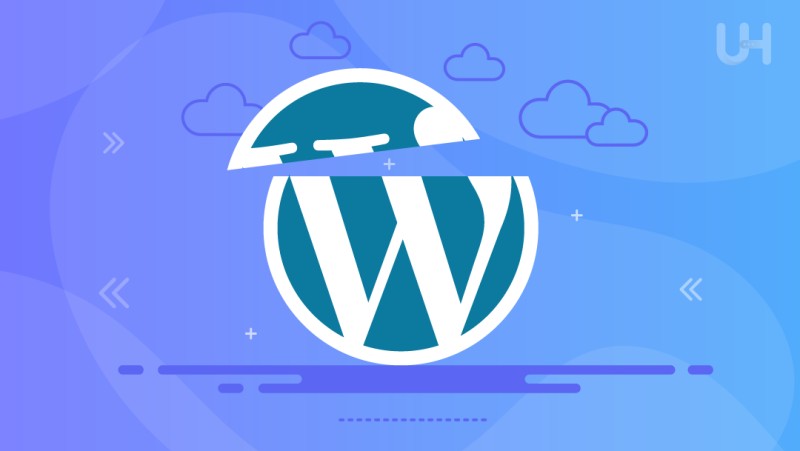What Is Headless WordPress? A Beginners Guide
What Is Headless WordPress? A Beginners Guide

WordPress is a powerful content management system (CMS) that has been around for decades, but in recent years, Headless WordPress has gained traction as a modern way to build websites.
If you’ve heard the term but aren’t sure what it means or why it’s being used, this guide will break it down in simple terms. We’ll cover what headless WordPress is, how it works, and when you might want to use it.
What is Headless WordPress?
In a traditional WordPress setup, the backend (where you create and manage content) and the frontend (what visitors see on your website) are tightly connected. WordPress provides both the content management system (CMS) and the design/layout through themes and page builders like Gutenberg or Elementor.
Headless WordPress removes the frontend entirely, meaning WordPress is only used for managing content. The content is then delivered to a separate frontend, which could be built using a JavaScript framework like React, Next.js, Vue.js, or Gatsby.
In simple terms:
- Traditional WordPress = Backend + Frontend together
- Headless WordPress = Backend only, with a separate custom frontend
How Does Headless WordPress Work?
Instead of rendering pages through WordPress themes and templates, a headless WordPress setup delivers content via an API, such as:
- REST API – Fetches WordPress content as JSON data
- GraphQL API – Allows more efficient queries for content
- Custom API Endpoints – Developers can create their own API endpoints
The frontend (built with React, Vue, or another framework) fetches the content from WordPress and displays it however the developer chooses. This gives full control over the design, speed, and functionality of the website.
Benefits of Headless WordPress
1. More Flexibility in Design and Development
Since the frontend is separate, developers can create completely custom designs and interactive experiences that are not limited by WordPress themes or page builders.
2. Faster Performance
JavaScript frameworks like Next.js and Gatsby generate static pages or use server-side rendering, making websites load much faster than traditional WordPress sites.
3. Better Security
With no public-facing WordPress frontend, there is less risk of attacks from vulnerabilities found in WordPress themes and plugins.
4. Omnichannel Content Delivery
Headless WordPress allows you to deliver content anywhere, not just on a website. You can push content to:
- Websites
- Mobile apps
- Smart devices (IoT)
- Digital signage
5. Scalability
Headless setups are ideal for large-scale websites and web apps, as they allow better performance optimizations and content delivery networks (CDNs) like Vercel or Netlify.
When Should You Use Headless WordPress?
While headless WordPress has many benefits, it is not always necessary. Here are some use cases where it makes sense:
✔️ Web apps – If your site is more interactive and behaves like an app, headless WordPress allows more flexibility.
✔️ High-performance websites – If speed is a priority, JavaScript frameworks can serve pages much faster than traditional WordPress.
✔️ Multi-platform content – If you want your content to be accessible on websites, apps, and other digital platforms.
✔️ Custom frontend needs – If you want a highly customized design without WordPress limitations.
When Not to Use Headless WordPress
❌ If you need an easy-to-manage site – Traditional WordPress is simpler for non-developers.
❌ If you rely on page builders – Gutenberg and Elementor do not work in a headless setup.
❌ If you don’t have a development team – Managing a headless WordPress site requires developers to handle the frontend and API connections.
How to Set Up Headless WordPress
- Set Up WordPress – Install WordPress as usual on a server, but don’t install a theme for the frontend.
- Enable the REST API or GraphQL – WordPress already has a REST API, or you can install the WPGraphQL plugin.
- Choose a Frontend Framework – Use React, Next.js, Vue.js, or another JavaScript framework.
- Fetch Content from WordPress – Use API calls to get posts, pages, and other data from WordPress.
- Deploy the Frontend – Host your custom frontend using Vercel, Netlify, or another service.
Final Thoughts
Headless WordPress is a powerful approach that separates content management from content presentation, allowing developers to build fast, secure, and highly customized websites.
However, it’s not for everyone. If you need a simple, easy-to-manage website, traditional WordPress is the better choice. But if you want full control over your frontend and performance, going headless is a great option.
Would you consider using Headless WordPress for your next project? Let me know in the comments!

